Table of Contents
Any horse owner hates the thought of colic in horses.
As you shake the grain bucket to call your horse in for dinner, he lifts his head in acknowledgement. Slowly, he ambles toward you, then he abruptly stops, looks at his side and proceeds to lie down. Not only is he not interested in eating, but he is also looking fairly uncomfortable, every now and then rolling on the ground. It would appear that he is having a dreaded bout of colic. You’ve heard others’ stories about how they’ve coped with a colic crisis; however, it’s time to take a veterinary approach to handling colic and dispel some of the prevailing myths.
A Starting Point
The first order of business, besides remaining calm, is to determine how serious your horse’s bellyache may be. If he’s down, encourage him to get to his feet and see if he’ll stand quietly. Take him to a patch of green grass, if available, and see if this stimulates him to eat. If he is still uncomfortable, put him on a longeline or in a round pen and work him at a vigorous trot for about 10 minutes (provided he doesn’t have a musculoskeletal ailment that prevents exercise). This trotting motion may move gas bubbles around and relieve a simple colic. If he hasn’t improved and shows no interest in food following this exercise, it’s time to call your vet.
A general rule is that if the colic doesn’t resolve completely within half an hour, you should seek veterinary attention. While waiting for the vet, start gathering some information about your horse’s vital signs (read on for instructions on collecting vital signs.)
Responding to Your Horse’s Pain
Through the years, horse owners have thought that a horse with colic should be walked until the pain has abated, even if this means walking your horse all night, for hours on end. However, this approach is not in your horse’s best interest and does little to help his plight. Although your horse may be exhibiting discomfort or a lack of appetite related to his colic, if he’ll lie quietly, then you can leave him be while waiting for your vet. It’s best if he conserves his energy resources by resting calmly—either standing on his feet or lying on the ground.
However, if your horse’s pain level is such that he is trying to thrash or roll violently, it may be better to move him around at a walk or a trot to keep him from injuring himself. Be sure to not put yourself in a position where you could be trapped or injured.
Rolling
One pervasive myth is that an intestinal twist can be prevented by not allowing a colicky horse to roll. However, a horse can be standing upright and still develop a twist that requires surgery. If the intestines lack normal motility and/or are distended with gas or accumulated intestinal contents, such as in an impaction, then this may pull the bowel out of position, resulting in a displacement. A displacement may also be a full-blown torsion, in which the intestine has rotated on its axis. Rolling may increase the chance of displacement of a loop of bowel, particularly when intestinal motility is compromised.
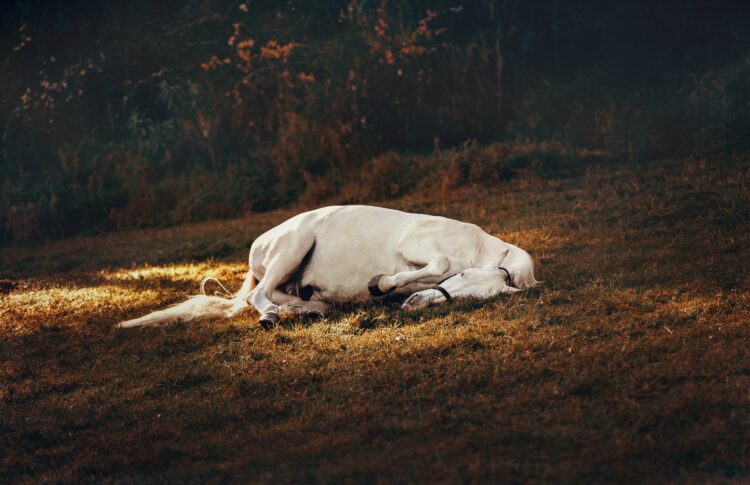
To Feed or Not to Feed?
A horse with mild colic may act as if he is improving, only to relapse after eating a bit of hay as his stomach fills. In general, it is OK to offer a sloppy mash to try to stimulate his appetite, since the presence of feed and the act of eating stimulate intestinal motility. But avoid offering grain or other fermentable feed when possible. Initially, offer only small quantities of mash or his regular hay until you are certain your horse is on the mend. If he gobbles a bran mash and eagerly seeks more food, this is encouraging. Wait a short while to see how he handles the ingested food, and then offer small amounts at frequent intervals rather than just dumping a large pile of hay into his feeder.
Short periods (10 minutes) of grazing or eating grass hay can also give you an idea of how much your horse has returned to his normal self. At all times, your horse should have access to clean, fresh water. All the while, check his vital signs, especially his intestinal motility.
Resist the Temptation to Medicate
It is often tempting to give a colicky horse a dose of flunixin meglumine (Banamine) or phenylbutazone paste (bute). This is not necessarily a good idea without first conferring with your vet, for many reasons:
- Oral medication is poorly absorbed from the intestines in a horse with compromised gut motility, as is often the case with colic. Even under normal circumstances, oral medications require several hours to be absorbed and begin working. An oral dose is less likely to help with immediate colic pain, and once given, it interferes with both a veterinarian’s assessment and the ability to administer this medication intravenously to provide immediate pain relief.
- Non-steroidal anti-inflammatory medications (NSAIDs) may significantly mask symptoms of a surgical problem, thereby delaying appropriate treatment. These medications can create kidney function problems and/or gastric ulcers in a dehydrated horse.
- Injectable flunixin meglumine given intramuscularly has been known to create Clostridia infection within the muscles, causing life-threatening consequences. In addition, many horse owners are unaware that the label dose of flunixin meglumine is twice the amount that should be given to a colicky horse—such a large dose is able to mask a surgical condition for as much as half a day. This could delay appropriate medical intervention and reduce the horse’s chances for survival.
Colic Confusion
Other issues may cause a horse to look colicky when in fact there is not an intestinal problem. Some examples include tying up, a mare going into labor, pleuropneumonia, choking on feed, or painful laminitis. Your first course of action is to get a recumbent horse on his feet, gather all his vital signs and note his behavior so you can relay this information to your vet.
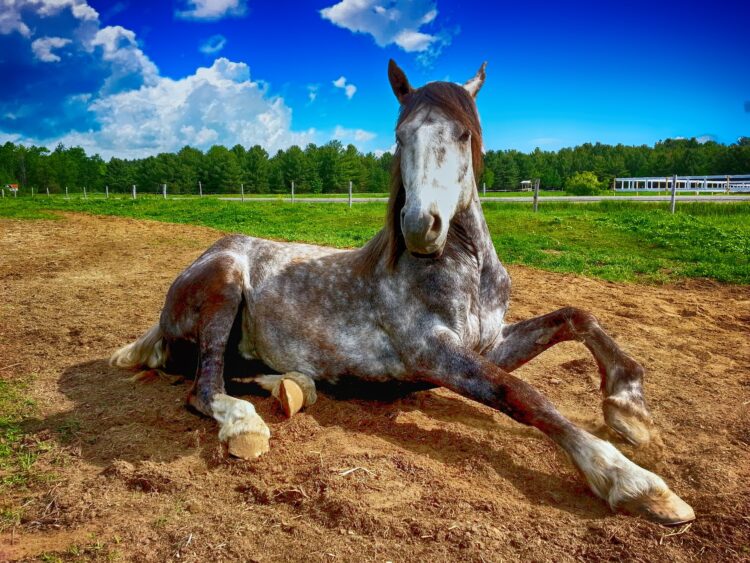
Your Veterinarian’s Analysis
After conducting a thorough physical evaluation, including a rectal exam, your veterinarian will have a better idea if your colicky horse has an intestinal displacement that requires surgery, such as a twist (torsion) that won’t respond to medical therapy alone.
Sometimes, however, the decision to go to surgery isn’t apparent until the colic has progressed for some time. Your vet may administer intravenous (IV) fluids in addition to administering pain medications. Intravenous fluids help jump-start your horse’s intestinal motility, keep him hydrated and stabilize his cardiovascular system. There is no downside to being proactive and administering IV fluids to a colicky horse, especially when he is not as responsive to conservative medical therapy (such as anti-inflammatory pain medications and stomach tubing) as expected. Intravenous fluid therapy has the ability to turn around a brewing impaction and to improve intestinal circulation. The objective in all cases is to restore intestinal motility, which relieves distention and pressure created by accumulating gas and dehydrating intestinal contents in a stagnant bowel. This also lessens the likelihood of a surgical displacement.
Your horse’s vital signs should be evaluated periodically throughout the recovery period as his condition can change suddenly and unexpectedly, transforming from what seemed to be a simple medical condition to one that requires immediate surgery. Your horse’s vital signs and demonstration of pain provide significant clues as to how he is or isn’t responding to medical therapy.
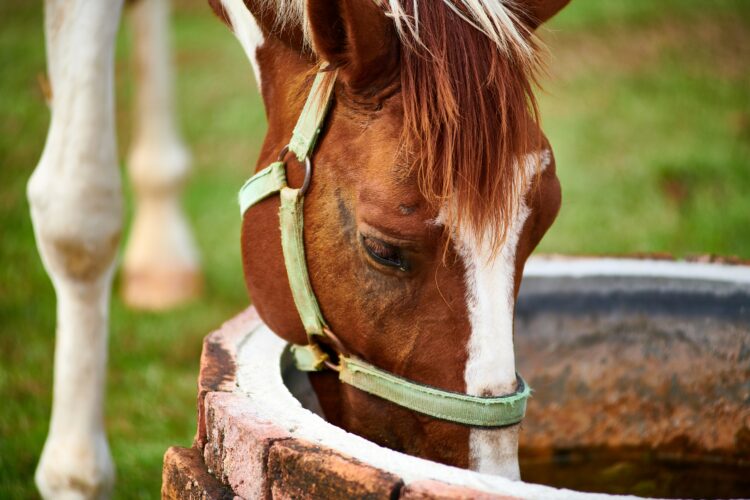
Prevention
The most appropriate means of saving your horse from colic is to practice preventive management.
- Always provide clean water to keep your horse’s gastrointestinal tract well-hydrated. Make sure his water doesn’t freeze in the winter.
- Keep your horse’s diet consistent and feed at least 60 percent of his diet (by weight) as roughage (hay or pasture), which is good for the health of the large intestine.
- Feed good-quality hay that’s not too coarse and stemmy or too fine. Avoid dusty and/or moldy hay.
- Use feeding practices that minimize eating directly off the ground, such as tire feeders that prevent spreading of hay through the dirt.
- Feed psyllium products for five to seven consecutive days each month to move dirt and sand through the bowel, particularly in sandy regions.
- Implement an aggressive deworming program, dosing every six to eight weeks or as recommended by your veterinarian. Internal parasites may interfere with intestinal circulation and cause bowel inflammation, which can adversely affect intestinal motility. Dose appropriately for your horse’s body weight.
- Remove manure from paddocks at least twice weekly and one to two times per day from stalls to reduce the presence of infective intestinal worm larvae.
- Have yearly dental exams and tooth floating performed by your vet to enable your horse to adequately chew and process his feed.
- Allow your horse ample daily exercise from turn-out and/or riding.
- Minimize stress in herd situations (such as putting a timid horse with dominant horses), confinement, and during transport whenever possible.
- At the first sign of reduced appetite, lessened manure production, or your horse not acting like himself, call your vet.
Proactive Therapy
Every case of colic is unique, and each horse’s ordeal must be addressed individually. Waiting for hours to see if colic will spontaneously resolve can be a costly decision. A capable equine veterinarian can offer the best assessment and guide you through decisions for providing the most relevant medical approach.
This article courtesy of HorseChannel.com
Bio: Val Heart – Expert animal communicator, speaker, bestselling author & master healer, Val is often called The Real Dr Doolittle™ and Animal Communicator to the Stars. Founder of The HEART System™ for solving problems with pets. Get your Free QuickStart to AnimalTalk Course at http://www.animaltalkcoachingclub.com
© Copyright, Val Heart & Friends LLC. All Rights Reserved.
This article was previously published February 5, 2014, and was updated on November 14, 2022
Enjoy this article? Here are 3 more of my most popular articles to help you better understand and communicate with your pet:
Is My Dog Happy? Here’s How to Know For Sure
Soul Groups: Reincarnation & Soul Contracts with Animals
Your 4 Step Astral Projection Guide

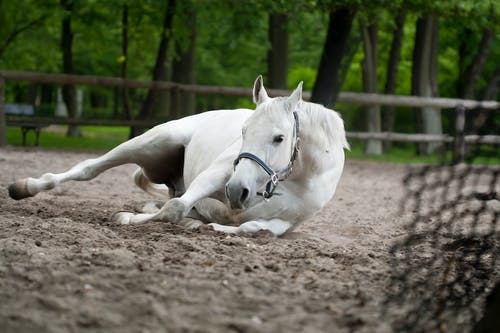

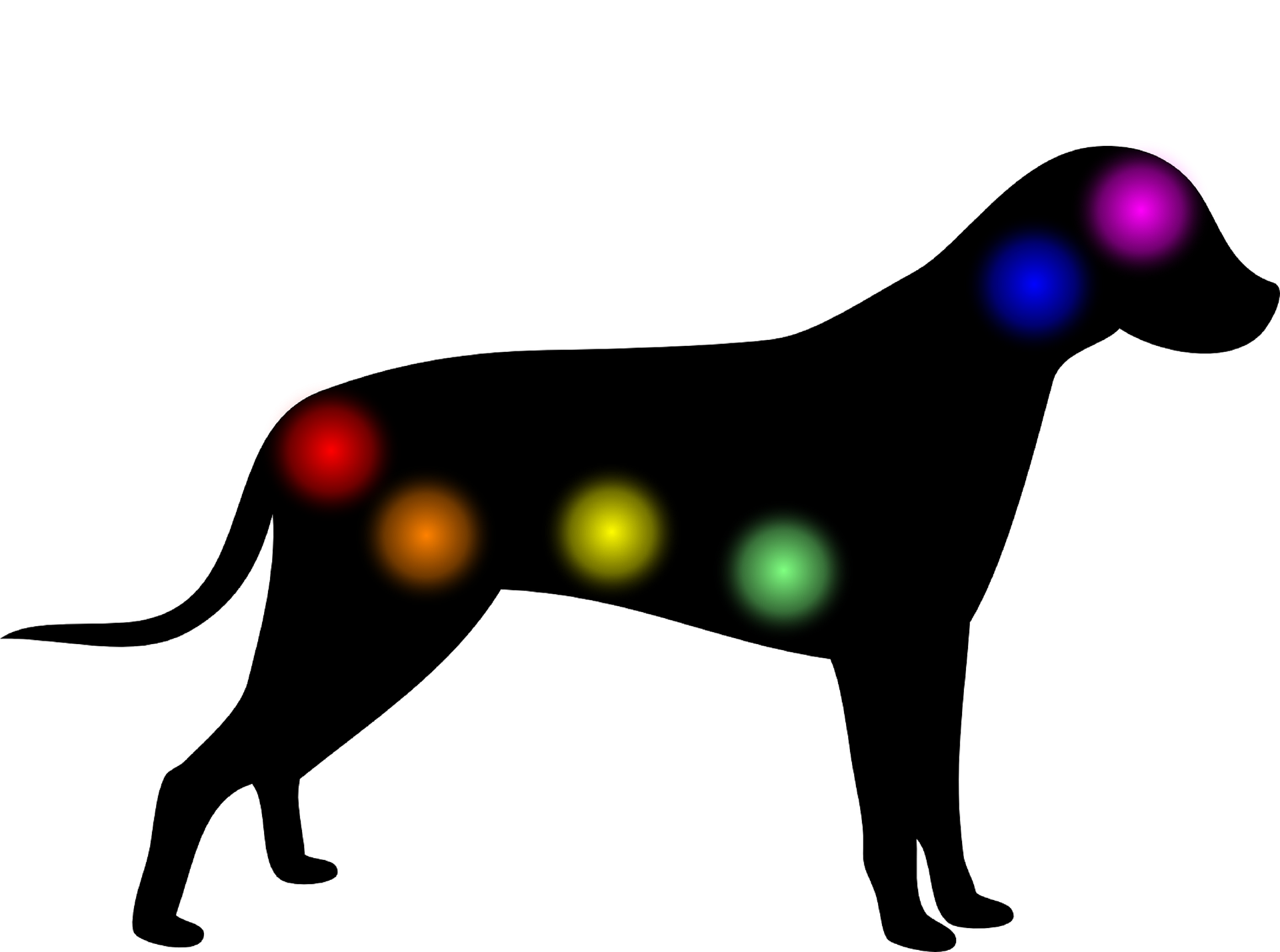
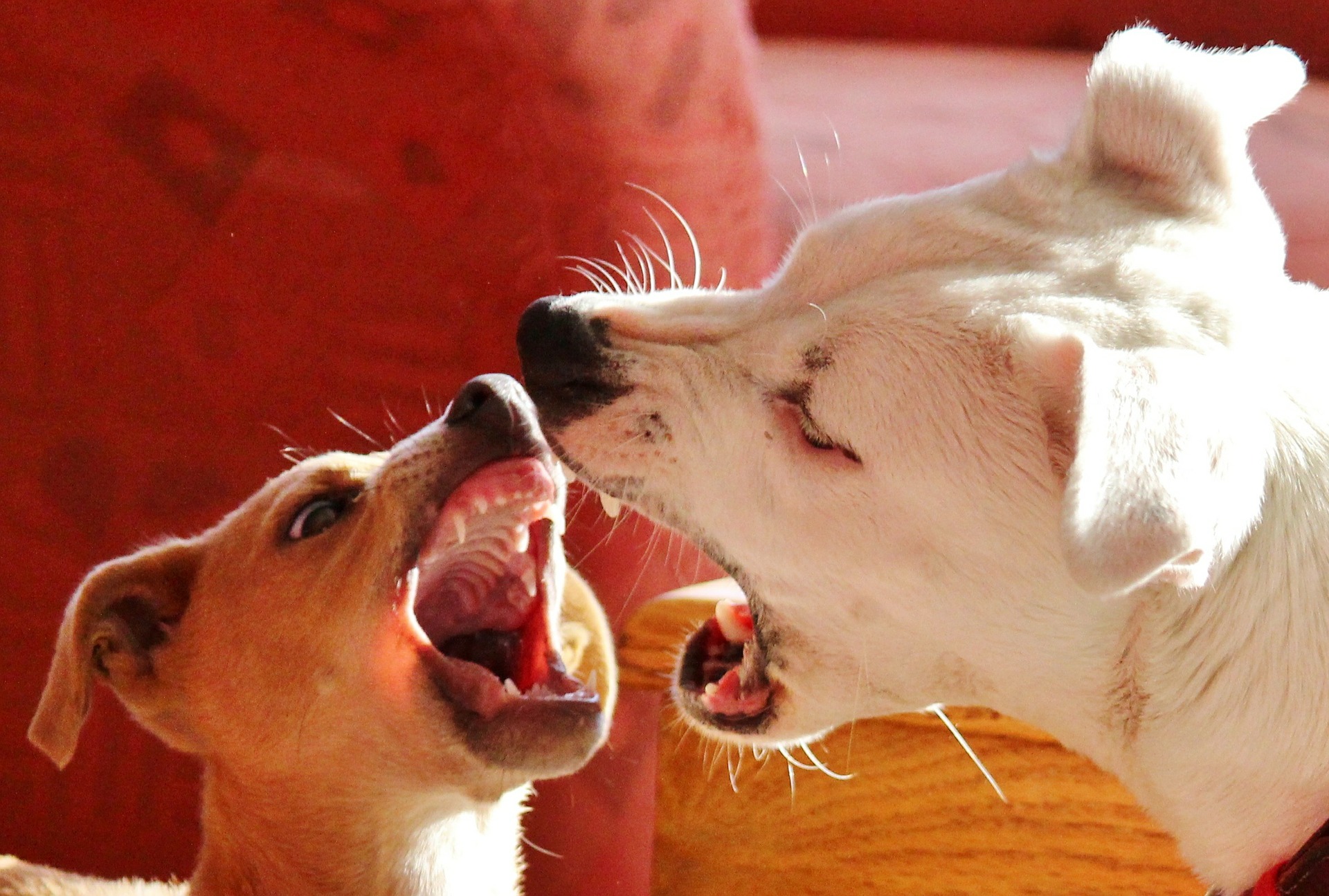

Leave a Reply